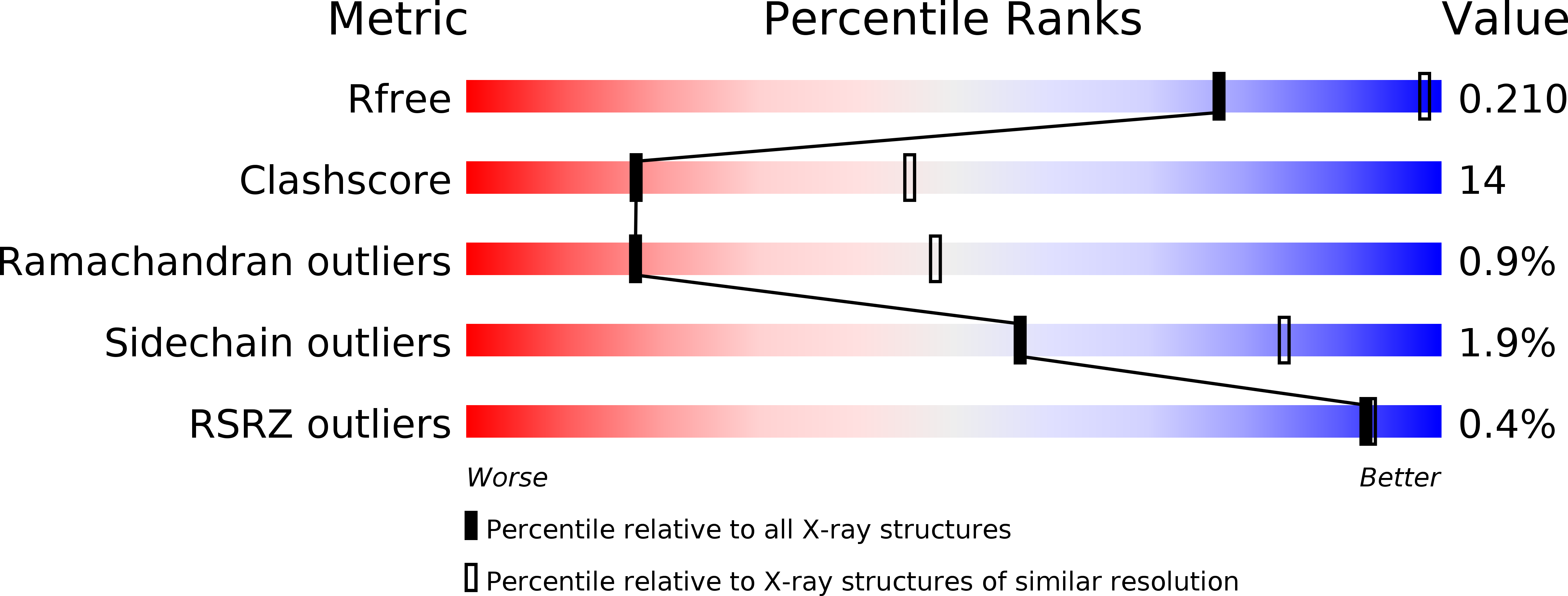
Deposition Date
2011-08-23
Release Date
2011-11-16
Last Version Date
2023-11-08
Entry Detail
PDB ID:
3VH0
Keywords:
Title:
Crystal structure of E. coli YncE complexed with DNA
Biological Source:
Source Organism:
Escherichia coli (Taxon ID: 83333)
(Taxon ID: )
(Taxon ID: )
Host Organism:
Method Details:
Experimental Method:
Resolution:
2.90 Å
R-Value Free:
0.23
R-Value Work:
0.21
R-Value Observed:
0.21
Space Group:
I 41


